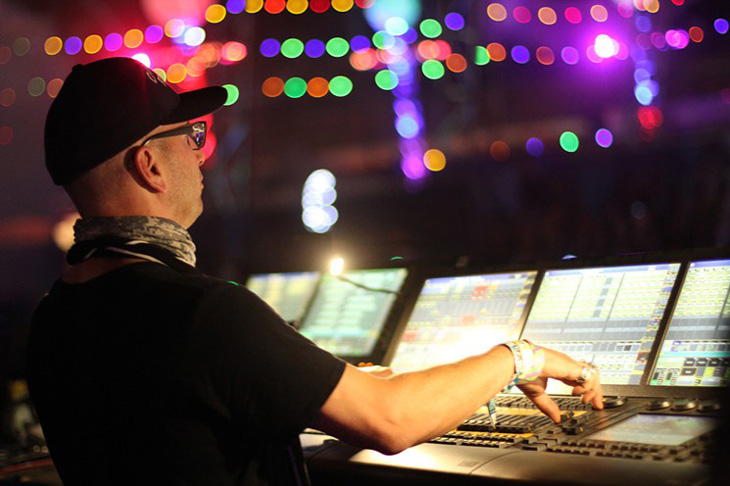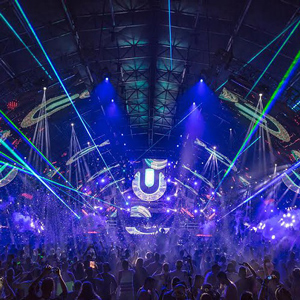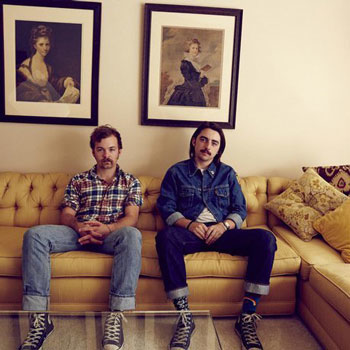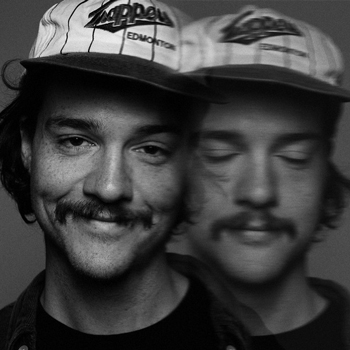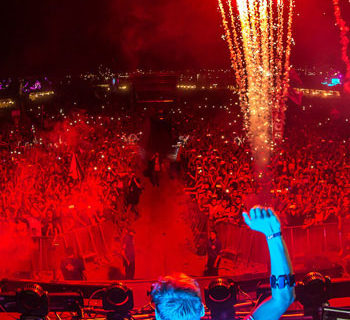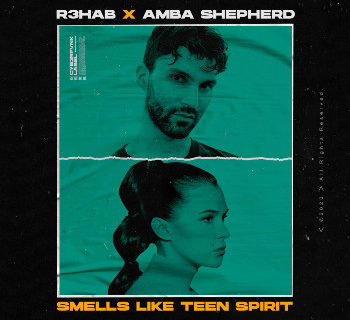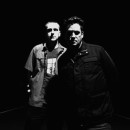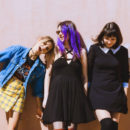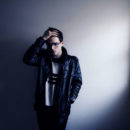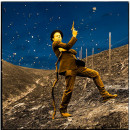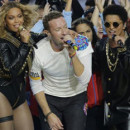Back in 1987, when Steve Lieberman was sweeping the floors and wiping down the bar of a New York City nightclub, mirrored flooring and glitter-balls were as ambitious as the average joint would get with ambiance. Thirty years later, as the owner and head designer of SJ Lighting, he transforms music festivals into visual works of light art.
“The audience is educated now,” Lieberman observes, “whereas, twenty five years ago, you walked into a nightclub, and if it had a couple of pin spots, we were good, nowadays the audience is expecting to come and see the wow factor.”
Lieberman was fortunate to have been born at the right time and grow up alongside his chosen area of expertise. “I lived around fifteen miles from Manhattan,” he remembers. “In college, one of my closest friends started working for a company doing lighting for night clubs. Back in 1990-91, the electronic music scene hit New York, and these underground shows started happening. He was right in the middle of it, so I’d get involved.”
Hard work, persistence, enthusiasm and, of course, creative and technical talent brought Lieberman to the top. “Instant success over twenty years,” as he puts it, “it’s a niche market. You have to be a critical thinker. You need to be self-sufficient. Then you need to be creative on top of that.” This is clearly something Lieberman excels at. SJ Lighting has won an embarrassing amount of industry awards and remains the go-to people for EDM festival giants Insomniac and their Electric Daisy Carnival, which, for three days every June, transforms the Las Vegas Speedway into a wonderland of light on a scale that needs to be seen to be believed.
For the globe-trotting Ultra Music Festival, legendary British House DJ Carl Cox gave Lieberman carte blanche. The result was the renowned Megastructure. Shaped like a beehive for optimum acoustics, it presents a semi-alien, futuristic vision with tribal power.
Nobody comes to listen to the lights, and no one come to stare at the audio. You’re trying to create this zen moment where it’s in balance.
So how does the team begin to approach a new project?
“It’s really hard to define a starting point,” says Lieberman, “there are so many aspects that you have to consider before you begin. The music plays an integral role but so do environmental issues, budget, artist requirements, load-in time, and how many days do we have to put this together.” One-day shows are particularly challenging, so he and his team can’t go too crazy on those, as everything must be loaded in and set up the day before, and taken down and loaded out the day after. In this way, the creative side of his work depends a lot on variables like this.
As for the philosophy of his designs, “It’s a symbiotic relationship,” he says, “nobody comes to listen to the lights, and no one come to stare at the audio. You’re trying to create this zen moment where it’s in balance.” Success for Lieberman rests in creating tangible moments that the audience can taste. “The DJ is the conductor standing in front of you,” he explains, “but we are the conductor standing behind you, rallying everything together as a complete system.”
Always looking to top himself with each project, Lieberman has just finished a design for another. “I put in probably 120 ACL bars [movable lighting tracks]. When I was talking to the client I said, ‘I want you to feel the heat and the inefficiency.’ The audience, when I fire these lamps up, will feel the burn.”
Running a specialist high-end business reliant on creative thinking and managing budgets in the millions can be exhausting, concedes Lieberman, but it’s also incredibly rewarding. “After you’ve completed the design, you can look at it and go, ‘wow, that came from my heart, my head, or wherever, and now I’m standing in front of it.’ That never gets old.”
Tens of thousands of clubbers would surely agree.

